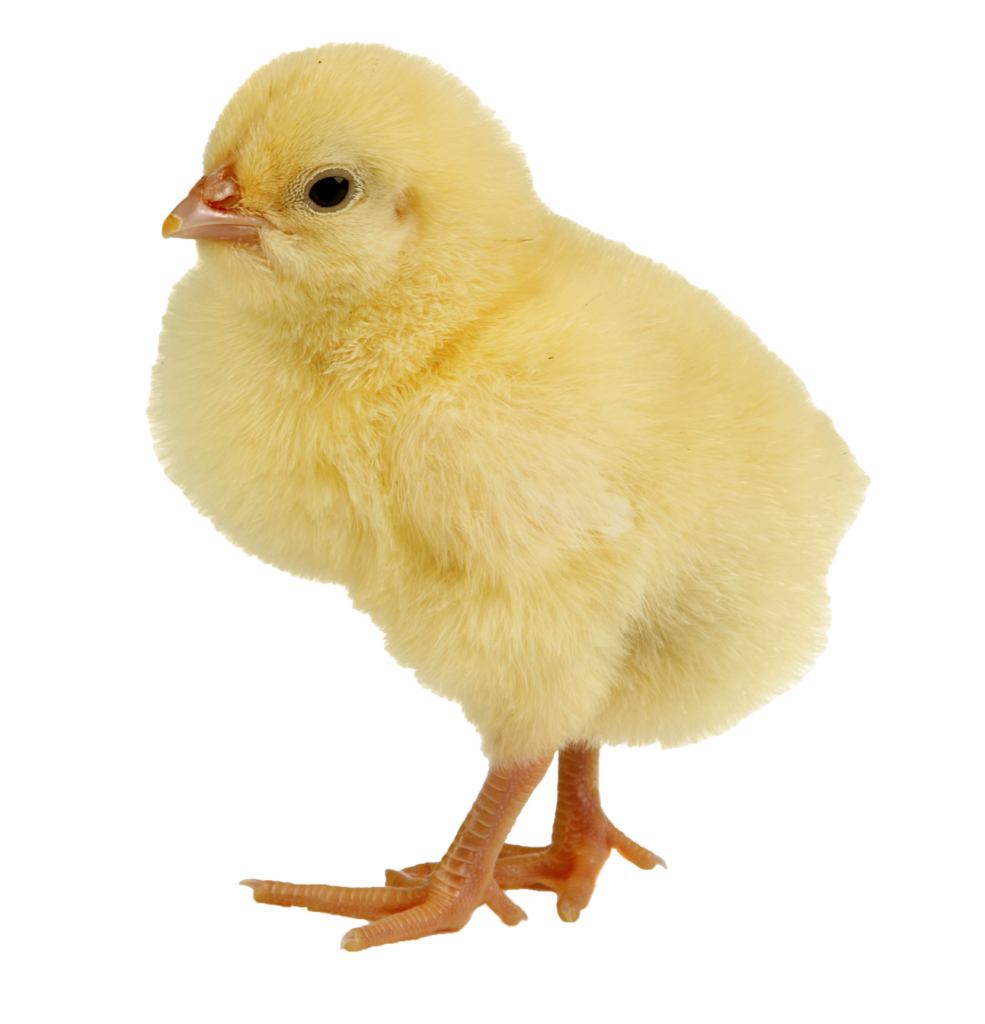Background

Play is a behavior with great diversity that can differ in both function and appearance, not only between species but also between different ages. Studies on play behavior has been performed on several livestock animals with the purpose of investigating the relation between play and welfare. The result of these studies has led to the conclusion that play indicates positive experiences in animals, and therefore, play can be used as an indicator of animal welfare. However, there is a lack of knowledge regarding play behavior in the domestic chicken (Gallus gallus domesticus) as only a limited number of studies have been conducted. This raises a concern as chickens are our most common livestock animal. It is known that commercial hatcheries expose chicks to several stressful events that can affect behaviors both in the short- and long-term. The question is, does hatchery stress have any effect on play behavior? And if so, in what way?
Aims

The aims of this study were to:
- Describe the ontogeny of various play behaviors in modern laying hens
- Investigate how stress affects play behavior in chicks
Based on the assumption that stressed chicks have poorer welfare, the hypothesis was that chickens hatched at a hatchery would play less than chickens hatched under controlled conditions.